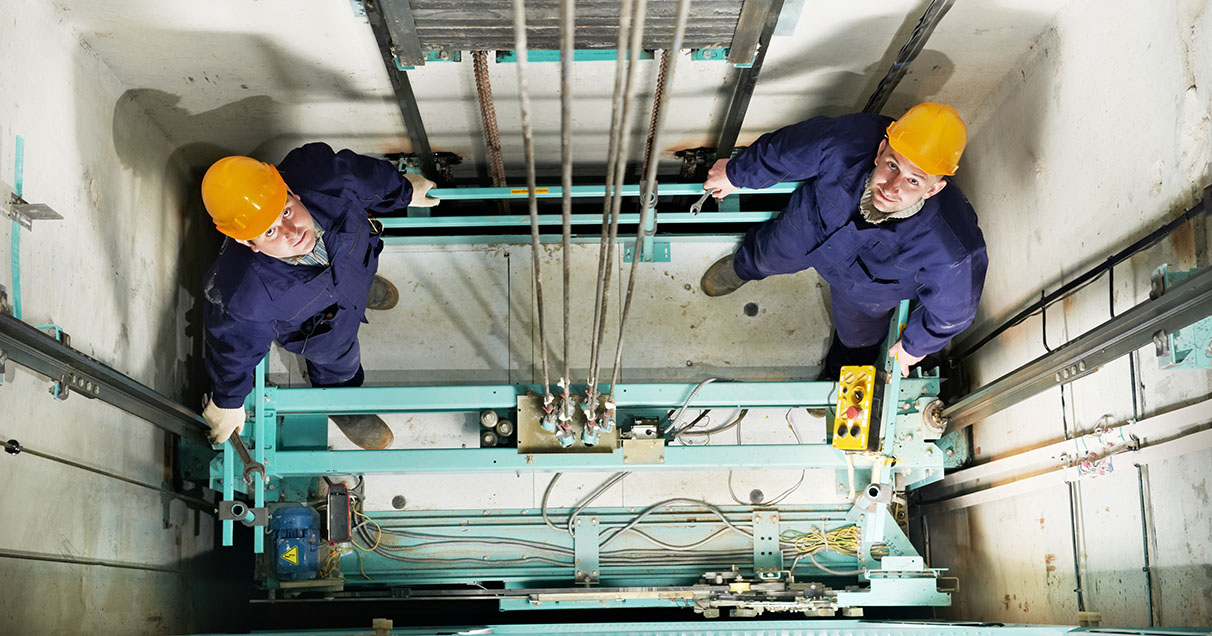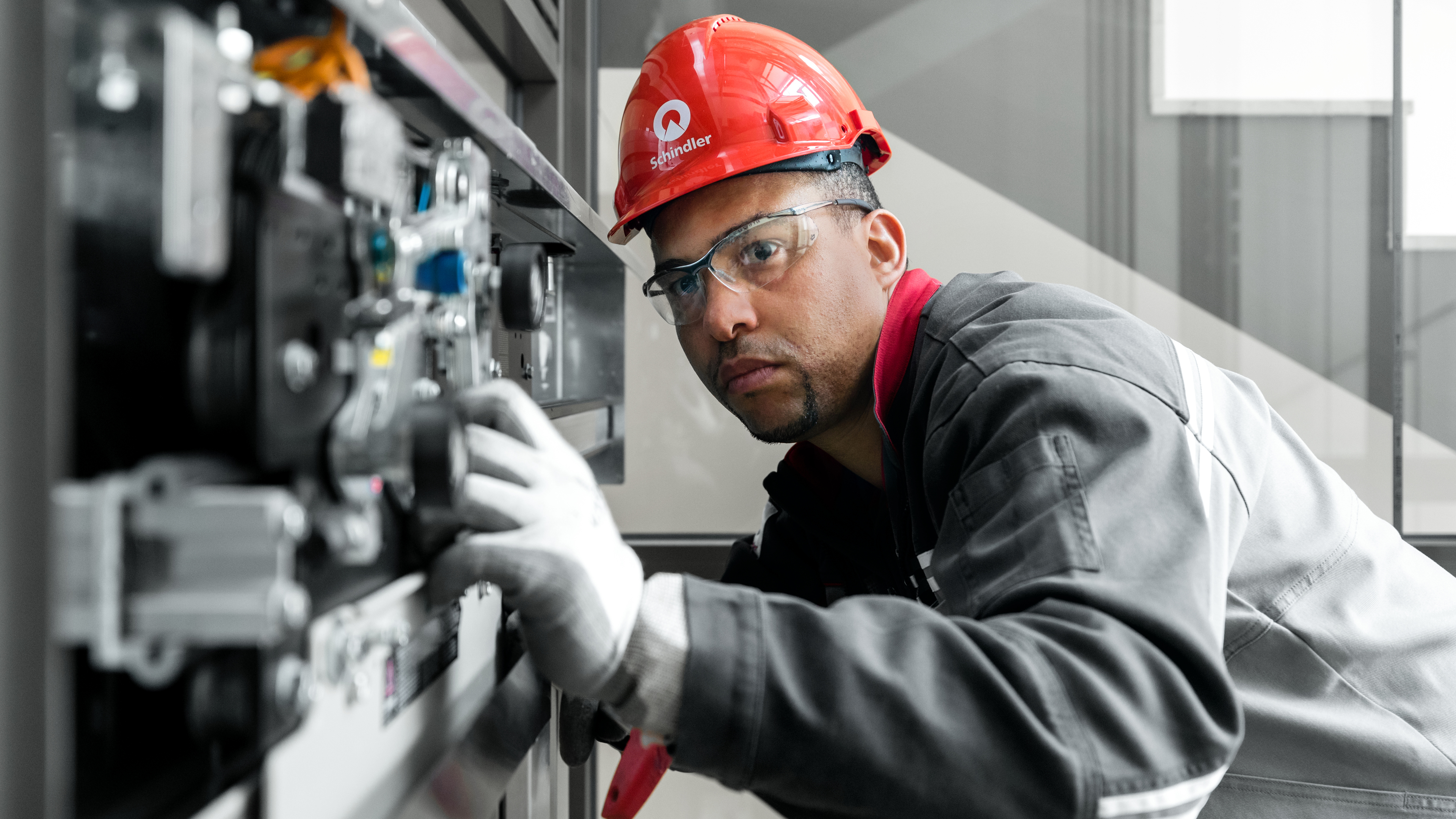Comprehensive Lift Maintenance Repair Providers for All Brands
Comprehensive Lift Maintenance Repair Providers for All Brands
Blog Article
Pro Tips for Preserving Your Lift in Top Problem: A Comprehensive Review
Ensuring the optimum performance of a lift system is critical for a secure and efficient operation in various settings, from commercial storehouses to business buildings. By sticking to a structured upkeep regimen and preemptively dealing with potential problems, lift proprietors can reduce costly downtime and safety dangers.

Significance of Normal Maintenance
Normal maintenance of your lift is important to ensure its ideal efficiency and longevity. By sticking to a normal maintenance routine, you can identify and deal with prospective issues before they intensify right into costly repair work or unexpected downtime. Routine upkeep jobs such as lubricating moving parts, evaluating for wear and tear, and inspecting hydraulic systems can aid protect against malfunctions and make certain safe operation.
Ignoring regular upkeep not just compromises the efficiency of your lift however also presents safety and security risks to users and home. Components that are not correctly maintained may fail unexpectedly, resulting in mishaps or damage to the lift itself. Additionally, resolving concerns at an early stage with maintenance can prolong the life-span of your lift and reduce the likelihood of major breakdowns.
In addition to enhancing security and performance, regular upkeep can also save you cash in the lengthy run. By buying preventative upkeep steps, you can prevent costly repair work or substitutes that may occur from overlooking the upkeep of your lift. Overall, prioritizing regular maintenance is important for optimizing the functionality and durability of your lift system.
Top Elements to Check

In addition, pay close attention to the lift's security attributes, such as emergency situation stop buttons, safety and security sensing units, and interlocking mechanisms, to ensure they are working appropriately. On a regular basis evaluate the lift shaft for debris or obstructions that might restrain the movement of the lift automobile. Last but not least, do not neglect to take a look at the doors, joints, and door operators to ensure smooth opening and closing procedures. By thoroughly inspecting these top components, you can catch potential problems early and ensure your lift stays in leading problem.
Positive Troubleshooting Methods
When confronted with potential lift system concerns, taking on aggressive troubleshooting methods can substantially improve operational efficiency and stop costly downtime. Among the crucial positive troubleshooting techniques is to regularly keep track of and examine lift performance data. By tracking metrics such as lift rate, electric motor temperature level, and energy consumption, maintenance groups can determine very early signs of prospective issues and take corrective activities prior to they intensify. Carrying out regular aesthetic evaluations of critical parts, such as cords, sheaves, www.lift-maintenance-repair.co.uk/ and safety devices, can additionally aid in finding deterioration or imbalances that might bring about breakdowns. Additionally, applying a precautionary upkeep routine that includes lubrication of relocating components, testing of emergency situation brakes, and calibration of sensors can proactively attend to common lift system troubles.
Moreover, buying training programs for maintenance personnel on fixing strategies specific to the lift model set up can empower them to detect and resolve problems quickly. By remaining in advance of prospective issues via aggressive troubleshooting, lift operators can ensure a smoother and extra dependable operation while lessening the threat of unanticipated breakdowns.
Essential Lubrication Practices
Executing appropriate lubrication techniques is important for making certain the smooth operation and long life of lift systems. Regular lubrication helps in reducing friction in between moving parts, stopping damage that can cause pricey fixings and downtime. When it comes to raise maintenance, complying with a stringent lubrication routine is necessary.
Selecting the right lubricating substance is the initial step in reliable upkeep. Different components of the lift system might need specific sorts of lubricants, such as oil or oil. Get in touch with the maker's guidelines to identify the appropriate lubricating substances for every part.

Deal with any kind of issues immediately to protect against additional damage and guarantee the ongoing smooth procedure of your lift system. By prioritizing appropriate lubrication practices, you can extend the life expectancy of your lift and maximize its efficiency.
Precaution for Lift Operators
In order to preserve a safe functioning environment and promote functional effectiveness, lift operators have to carefully adhere to prescribed safety and security procedures, together with prioritizing important lubrication methods for ideal lift efficiency. Security measures for lift drivers are essential to prevent mishaps and ensure the smooth performance of the lift system.
In addition, lift drivers must focus on personal protective equipment (PPE) such as headgears, gloves, and harness when operating at elevations or managing hefty tons. Clear interaction among drivers, maintenance professionals, and other employees is important to stop misconceptions that might bring about accidents. Last but not least, operators must remain cautious, focused, and prevent interruptions while operating the lift to make sure the safety and security of themselves and others around.
Verdict
Finally, preserving a lift in leading condition is important for ensuring safety and effectiveness in operations. Normal maintenance, extensive examinations of key parts, positive troubleshooting, appropriate lubrication techniques, and adherence to safety steps are necessary for lengthening the life expectancy of the lift and protecting against crashes. By following these guidelines, lift operators can make certain the continued performance and security of their devices.
By sticking to an organized upkeep routine and preemptively attending to possible concerns, lift proprietors can alleviate expensive downtime and safety and security threats. On a regular basis check the lift shaft for particles or blockages that could hinder the motion of the lift automobile.In order to preserve a risk-free functioning setting and promote functional effectiveness, lift operators should rigorously stick to recommended security protocols, alongside focusing on vital lubrication techniques for ideal lift performance. Safety measures for lift drivers are essential to avoid accidents and ensure the smooth performance of the lift system. Routine maintenance, comprehensive evaluations of vital elements, proactive troubleshooting, correct lubrication methods, and adherence to security measures are essential for lengthening the life-span of the lift and stopping mishaps.
Report this page